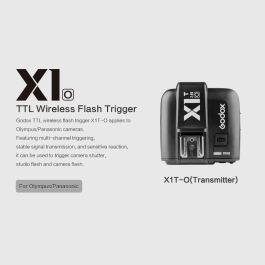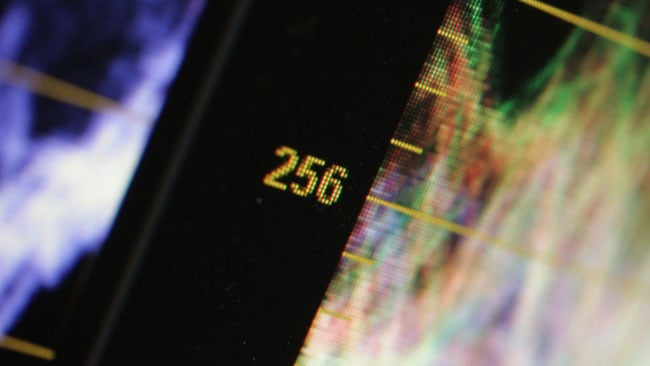- Messages
- 2,854
- Name
- Chris
- Edit My Images
- Yes
Had a tidy yesterday and realised I have lost my flash receivers somewhere. Tore the place apart looking for them but pretty certain they are gone elsewhere. Was more than a little narked with myself for being careless.
I have been using two off camera Godox TT685 flashes, with an X1 transmitter and two receivers (one for each flash), with one softbox. I understand that this is not a professional set up but then I don’t earn money through it and the results have been acceptable for the outlay cost. Now that the receivers are no longer an option, time to look for something else. Actually the x1 does trigger the flashes as slaves but I got lazy with TTL and this is an opportunity for better especially as I understand x1 receivers for Oly/Panasonic are no longer produced.
Went to WEX in Cambridge and explained my predicament and the guy there suggested a single LED panel as a replacement. Specifically: https://www.wexphotovideo.com/kenro-smart-lite-45w-bi-colour-studio-led-light-panel-3104773/ I accept that my portrait photography skills are very lacking but understood that two complimentary lights are preferred rather than one. The panel also is not ttl and I'm unsure if there is any benefit other than perhaps using the trigger and one slave flash and the panel - but still doesn’t really sit right with me.
Thank you for sticking with me so far. From some reading it appears that an X2 may better control the flashes and also give ttl without receivers. Any one know? I want to keep things easily portable and swift to set up - my usual targets are grandchildren and less fuss is better - what other solutions should I be looking at please? Not sure if it makes a difference but needs to work with Panasonic S5.
Grateful for your thoughts.
I have been using two off camera Godox TT685 flashes, with an X1 transmitter and two receivers (one for each flash), with one softbox. I understand that this is not a professional set up but then I don’t earn money through it and the results have been acceptable for the outlay cost. Now that the receivers are no longer an option, time to look for something else. Actually the x1 does trigger the flashes as slaves but I got lazy with TTL and this is an opportunity for better especially as I understand x1 receivers for Oly/Panasonic are no longer produced.
Went to WEX in Cambridge and explained my predicament and the guy there suggested a single LED panel as a replacement. Specifically: https://www.wexphotovideo.com/kenro-smart-lite-45w-bi-colour-studio-led-light-panel-3104773/ I accept that my portrait photography skills are very lacking but understood that two complimentary lights are preferred rather than one. The panel also is not ttl and I'm unsure if there is any benefit other than perhaps using the trigger and one slave flash and the panel - but still doesn’t really sit right with me.
Thank you for sticking with me so far. From some reading it appears that an X2 may better control the flashes and also give ttl without receivers. Any one know? I want to keep things easily portable and swift to set up - my usual targets are grandchildren and less fuss is better - what other solutions should I be looking at please? Not sure if it makes a difference but needs to work with Panasonic S5.
Grateful for your thoughts.



